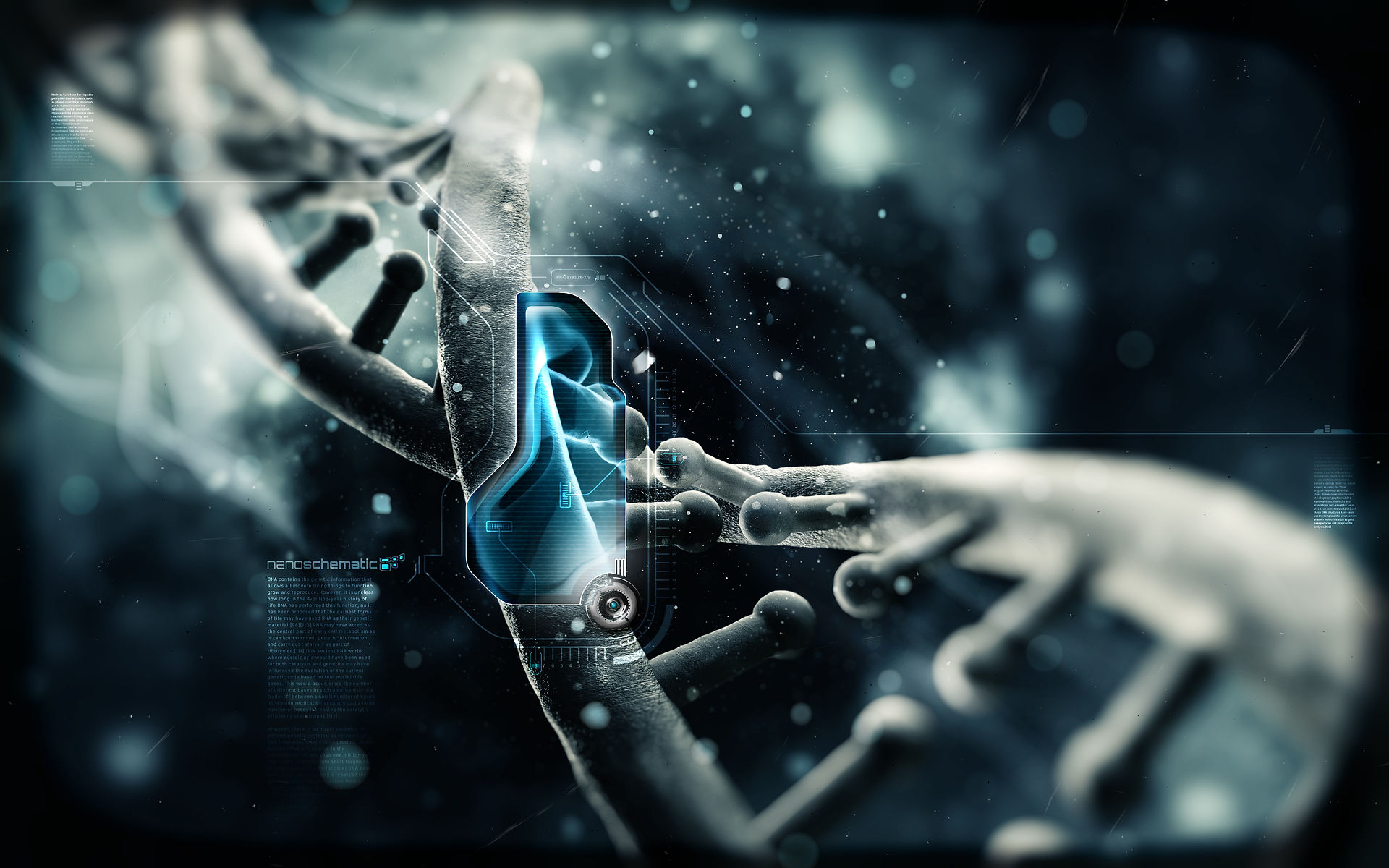
The drug development process, which the ultimate goal of achieving FDA approval to distribute a drug, is known to be seldom streamlined or easy, often requiring a good deal of time extending well into a decade, and millions if not billions of dollars that can sink a potential drug, and even the company developing it. Below is a general outline of the process required to take a drug from theoretical speculation to wholesale distribution.
(Text Citation 57, Text Citation 58)
1. Discovery: A biochemical mechanism involved in the disease in question is identified. A substance that interacts with this mechanism is identified through experimentation and identified as a drug candidate.
2. Candidate Characterization: This candidate's basic properties and preferred environmental conditions are then determined, which furthers understanding of how the candidate works.
3. Development: At this stage, researchers can begin looking ahead towards clinical trials involving the drug candidate. Formulation of the possible drug and drug delivery is developed, and stability is determined. The drug must remain sterile, potent, and nontoxic.
4. Pharmockinetics Testing: Pharmacokinetic (PK) or ADME (Absorption/Distribution/Metabolism/Excretion) testing is conducted in animals to study how the drug candidate reacts to an actual biological application. This animal data will then be correlated with data from human trials to determine the accuracy of animal-based trials.
5. Preclinical Testing and IND: This testing prepares a drug candidate for transition to clinical trials in humans. Testing is conducted by multiple groups and includes bioactivity, safety, and efficacy analysis. Plans for clinical trials and an Investigative New Drug (IND) application are prepared to be submitted to the FDA. The stages of this testing is as follows:
6. Bioanalytical Testing: This work supplements all earlier studies, and includes proper characterization of the molecule, assay development, developing the best methods for cell culture and/or fermentation, determining production yields, and providing quality assurance and control.
7. Clinical Trials
(Text Citation 57, Text Citation 58)
I. Acute Studies: At least two mammalian species are used to determine toxic levels of dosages, and the effects of each dose. This data is used to determine proper dosing for humans in clinical trials. Repeated dose studies may then be conducted.
II. Toxicity Studies: The likelihood of drug mutation or having cancer inducing (carcinogenic) properties is appraised. Tests are carried out to detect genetic changes. The focus of these tests then shift to effects on fertility, embryonic, and post-natal development - this determines guidelines for use in women of child-bearing age.
III. Carcinogenicity Studies: This stage is only applicable for recurrent or chronic diseases, and are lengthy and expensive.
IV. Toxicokinetic Studies: Similar to the earlier PK/ADME, these tests use higher doses to determine results of toxic levels of the drug and margin for error.
Overview of the Drug Approval Process

Food and Drug Administration logo and website masthead

Food and Drug Administration logo and website masthead
Phase I - Human Pharmacology: Thirty days after filing the IND, the drug company may begin a small-scale Phase I trial - as long as the FDA does not put a hold on this development. These studies focus on the tolerance of healthy volunteers, noting the effects of initial single-doses, escalation of dosing, and short-term repeated dosages.
Phase II - (Therapeutic Exploration): These trials are again small-scale, and are tested on 100-250 patients to gather information on efficacy, side effects, and safety.
Phase III - (Therapeutic Confirmatory): The final phase of clinical testing is large-scale and confirms efficacy and safety of the drug. While these are in progress, preparations are made to submit a Biologics License Application (BLA) or a New Drug Application (NDA), depending on the nature of the drug.
